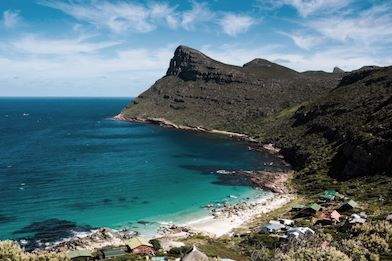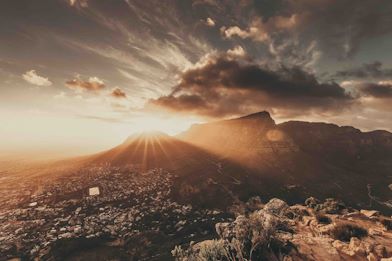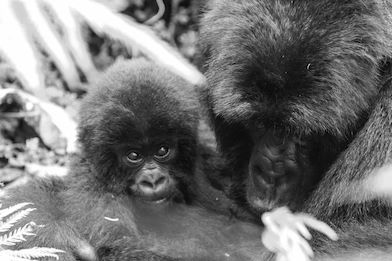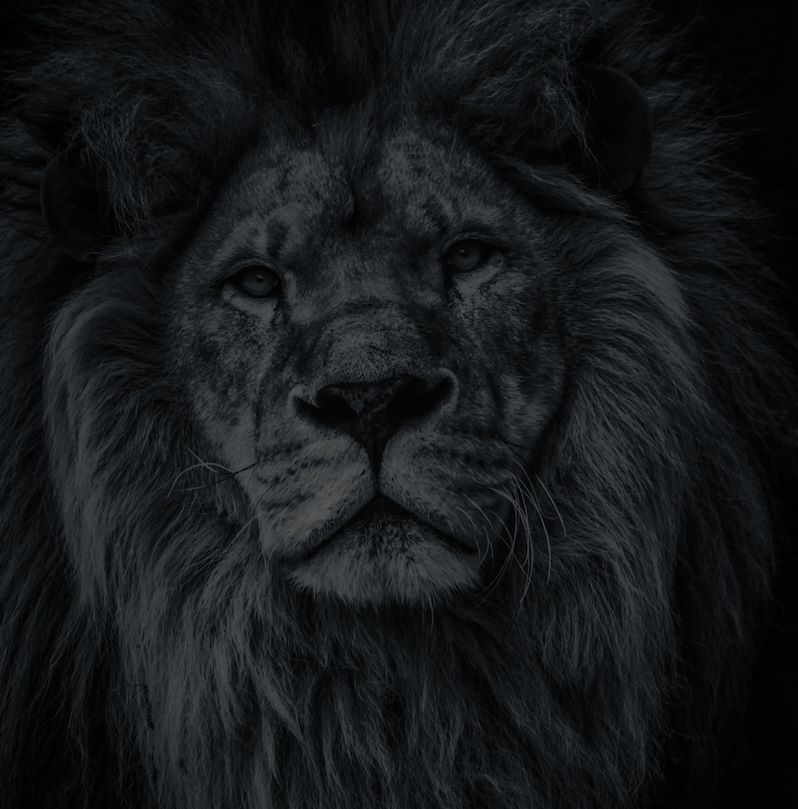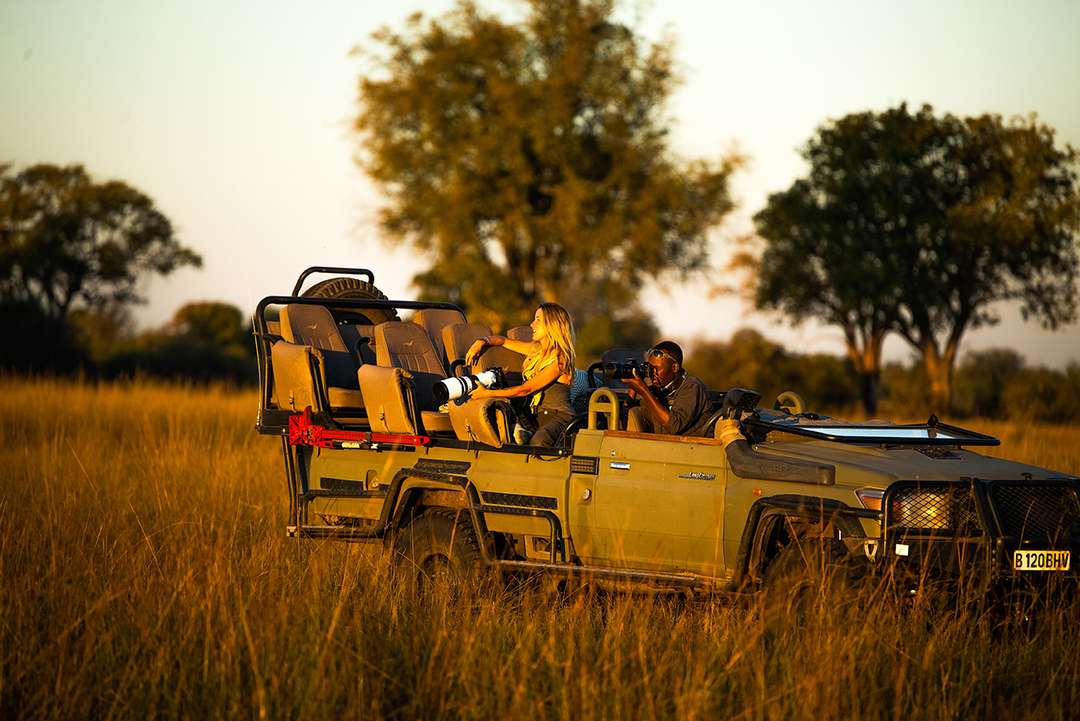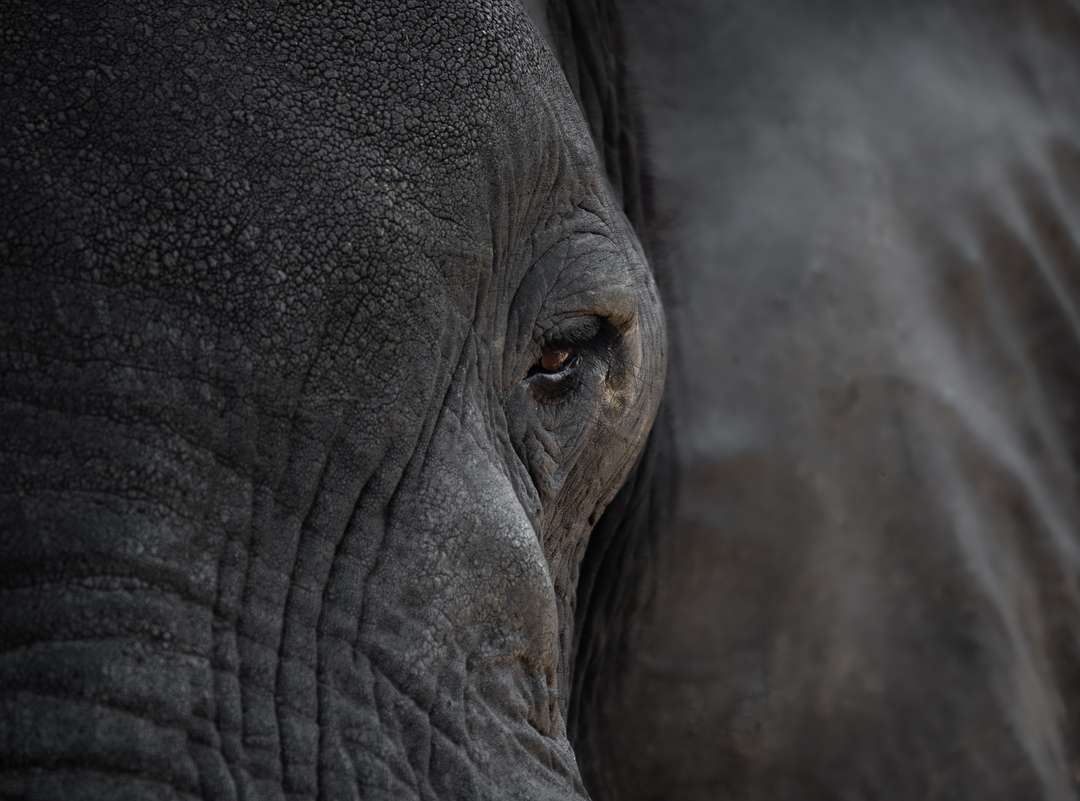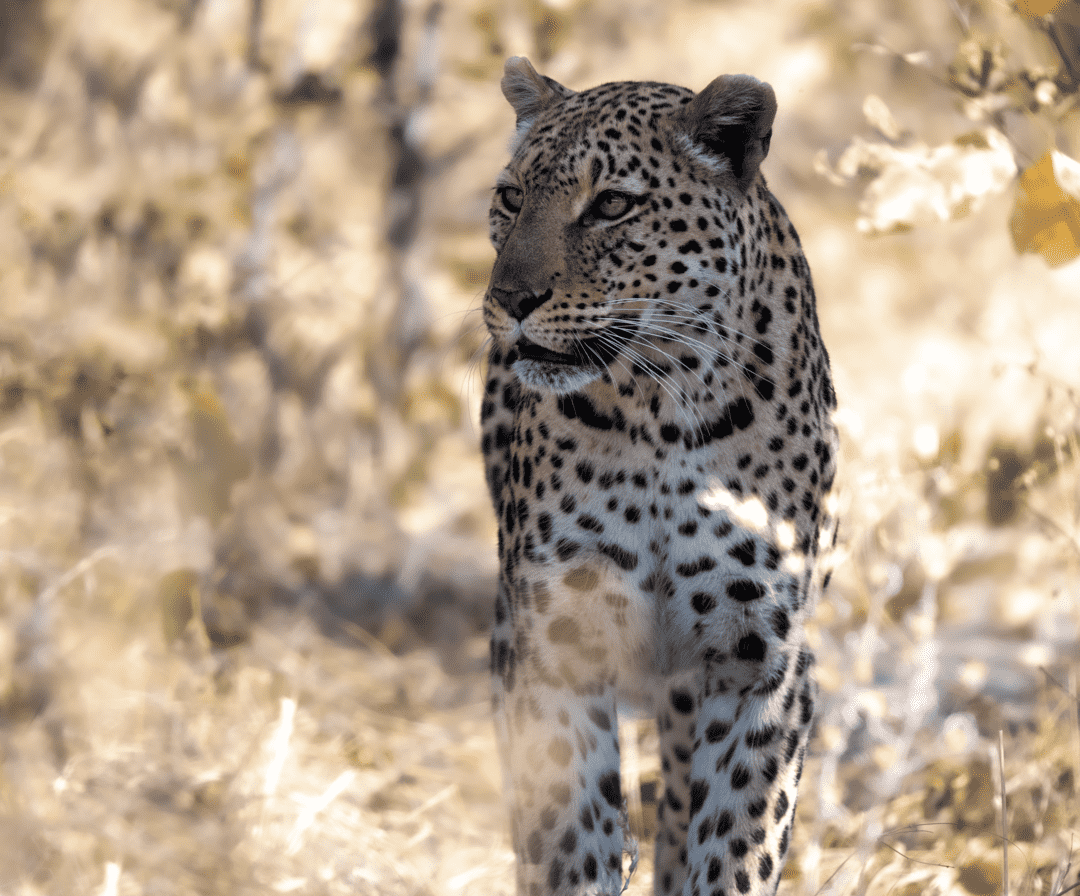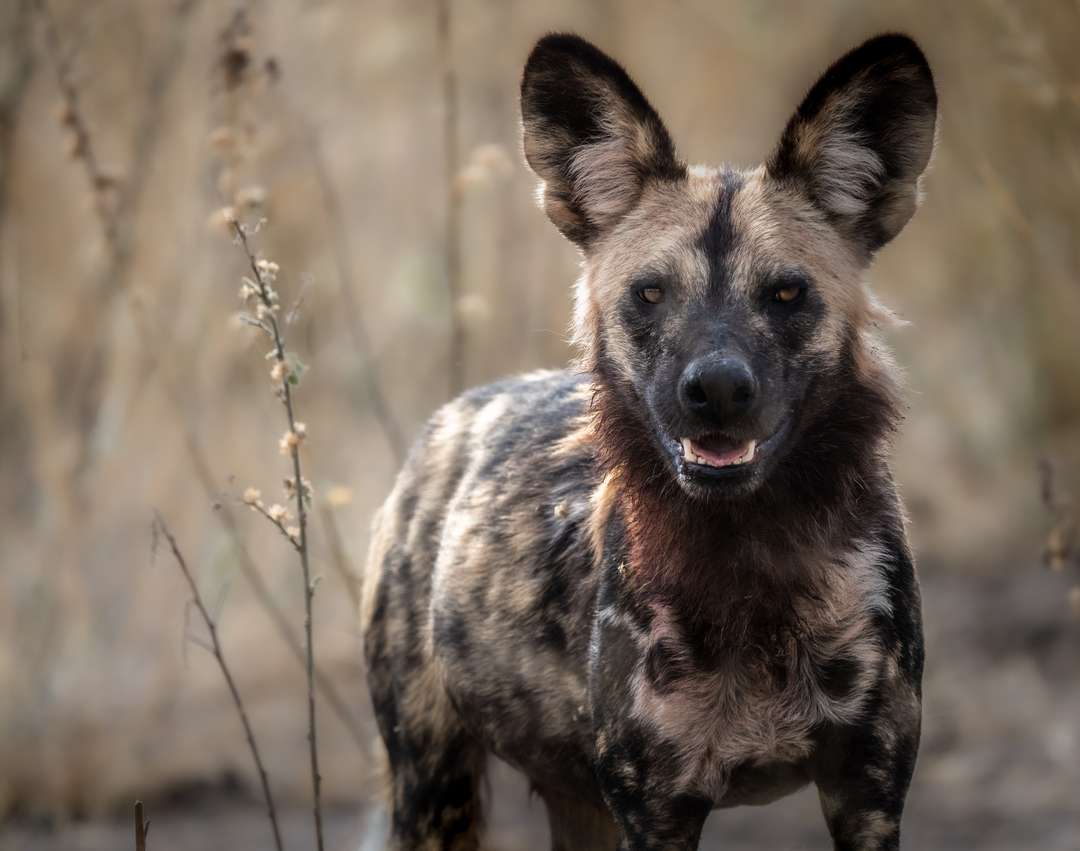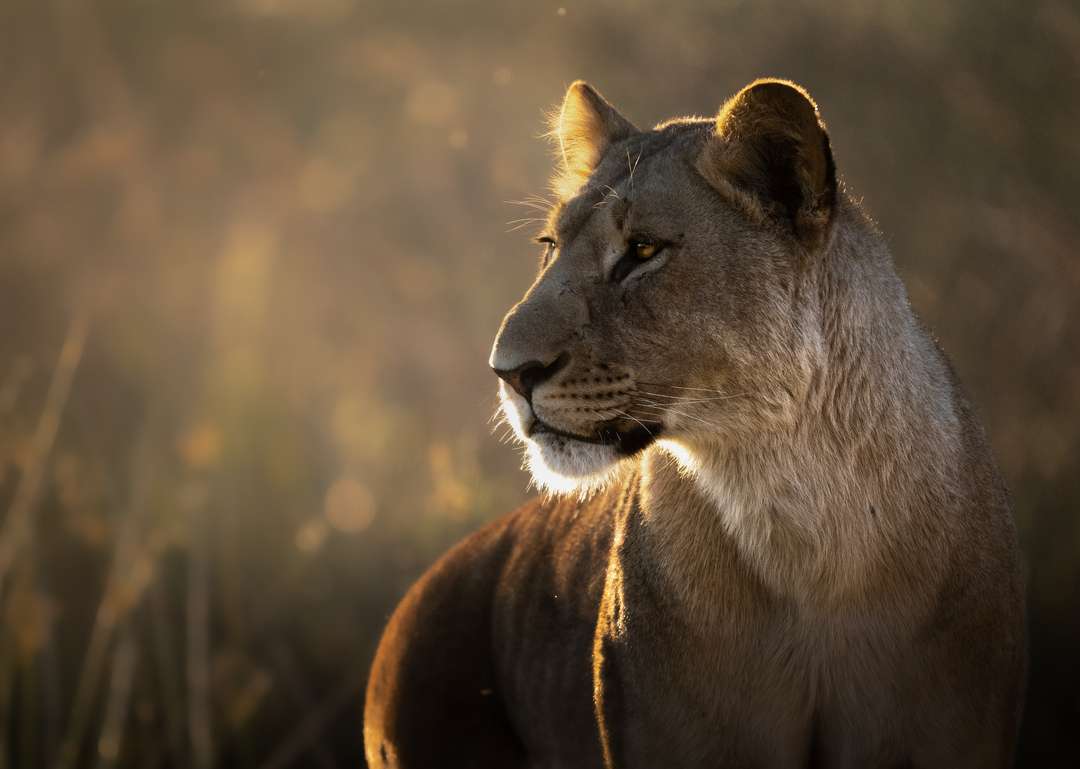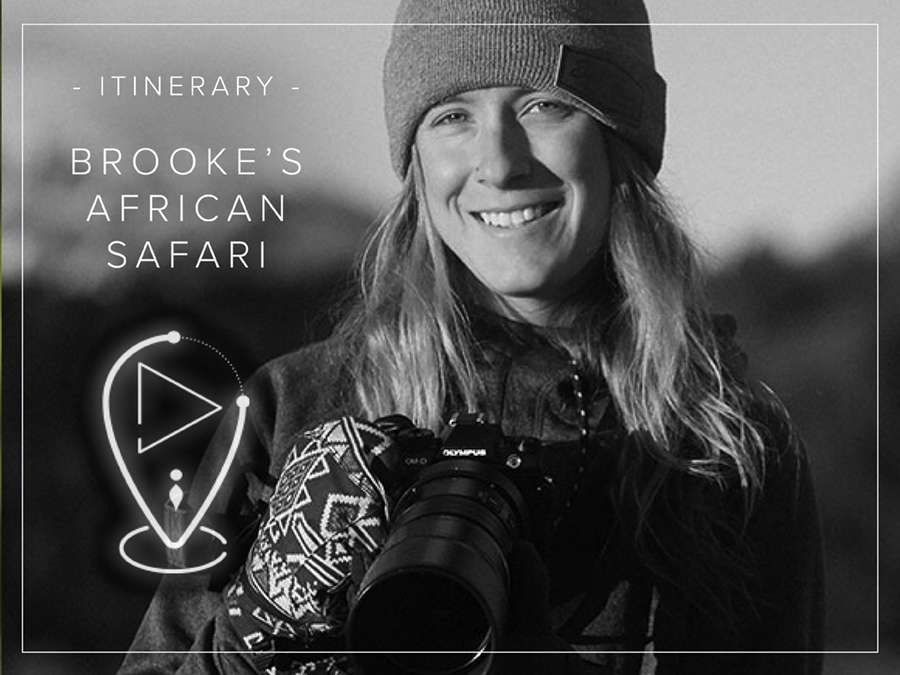
Day 1 – Wilderness Vumbura Plains
I arrived in Botswana via bush plane, and immediately the adventure began. We climbed into our safari vehicles and began the long drive to Wilderness Vumbura Plains through the bush. I’d based my expectation of this trip on what I know from photographing wildlife in North America, where sightings are never guaranteed and often require a tremendous amount of patience and waiting. Needless to say, I was blown away when minutes into the drive a parade of baboons met us right as the sun sunk toward the horizon and the light turned gold. The sound of their little hands gripping tree bark and the way they swung so effortlessly into the boughs above brought such a smile to my face. That night, as I fell asleep to the sound of hippos and bell frogs calling in the night, I knew then that Botswana was not going to disappoint.
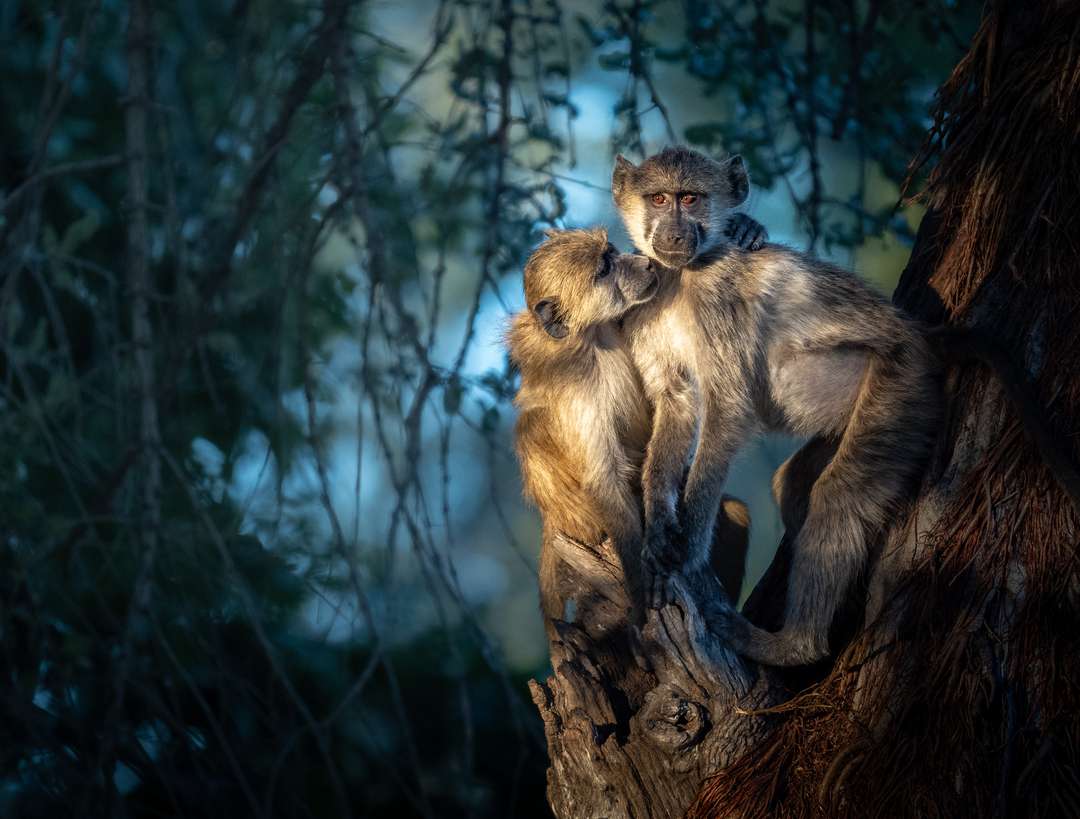
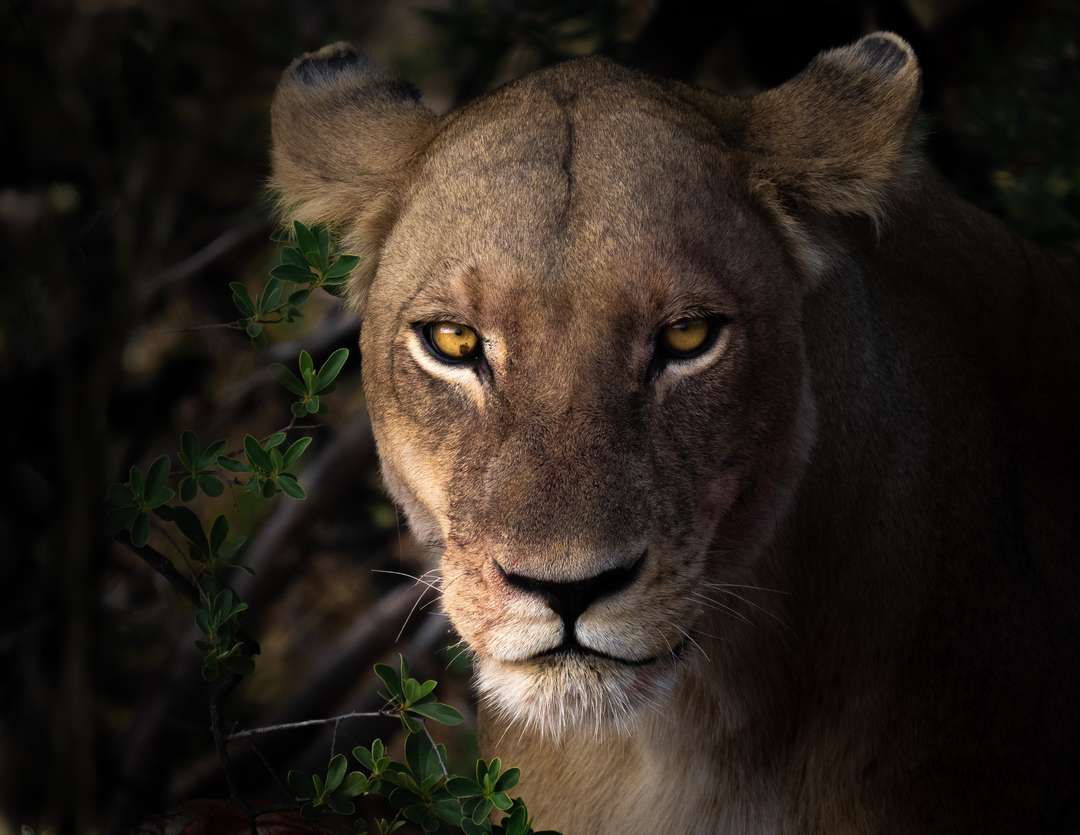
Day 2
After a full day exploring the wilderness and watching wildlife, we took a break from the action for a quick sundowner. The sun sank below the horizon and the sky turned red. We drank bubbly and toasted to beautiful Botswana and the untamed wild. When the last rays of red light bled from the sky and the dark blue hues of twilight crept in, we started the drive back to camp. We didn’t get far before we came upon one of the most incredible wildlife encounters of my life. A small pride of four young lions were hunting buffalo under the veil of darkness. The silver crescent moon was hanging low in the now black sky, and the stars sparkled overhead, indifferent to the intensity unfolding below them. It was too dark to see the hunt, but with the absence of vision came a heightened sense of everything else. I could hear every sound, from the lions’ low thundering growls to the pounding of the buffalos’ feet as they exploded through the bush. I could smell the dust that was kicked into the air, and the musty odour of the terrified animals that were running for their lives. As a photographer, my approach to life is obviously very visual. It felt so freeing to surrender that sense for a couple hours, and connect with untamed, rawest nature using all the other senses. The magic was so palpable that I swear I could taste it.
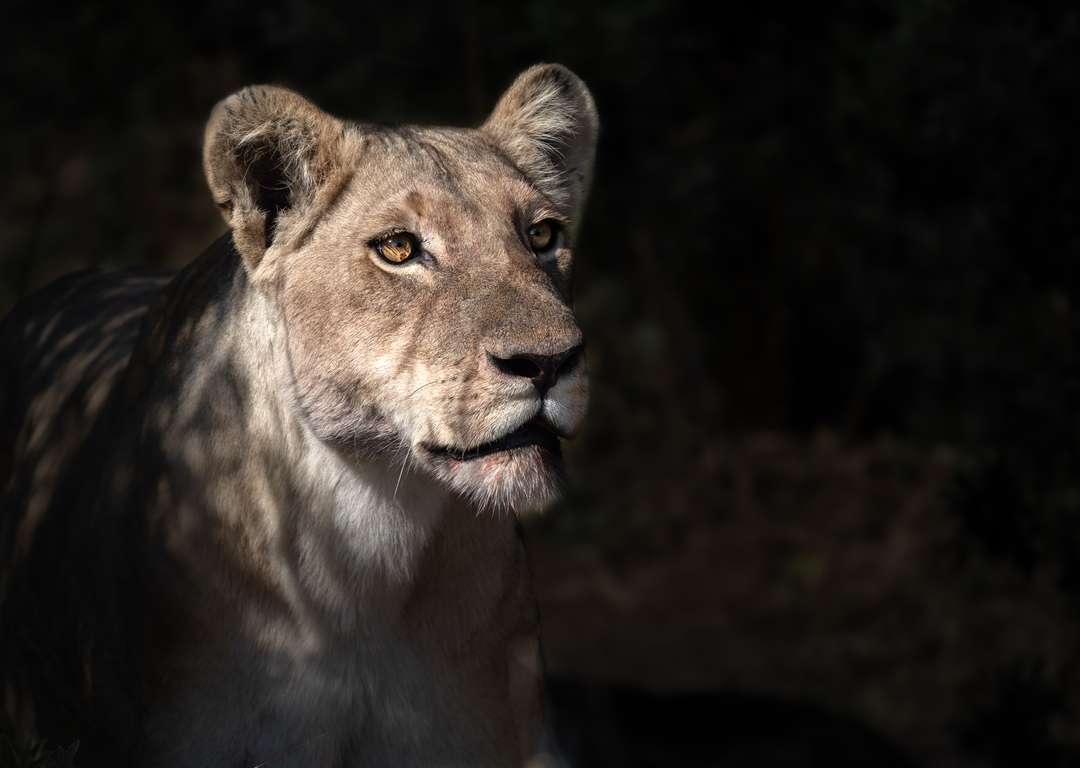
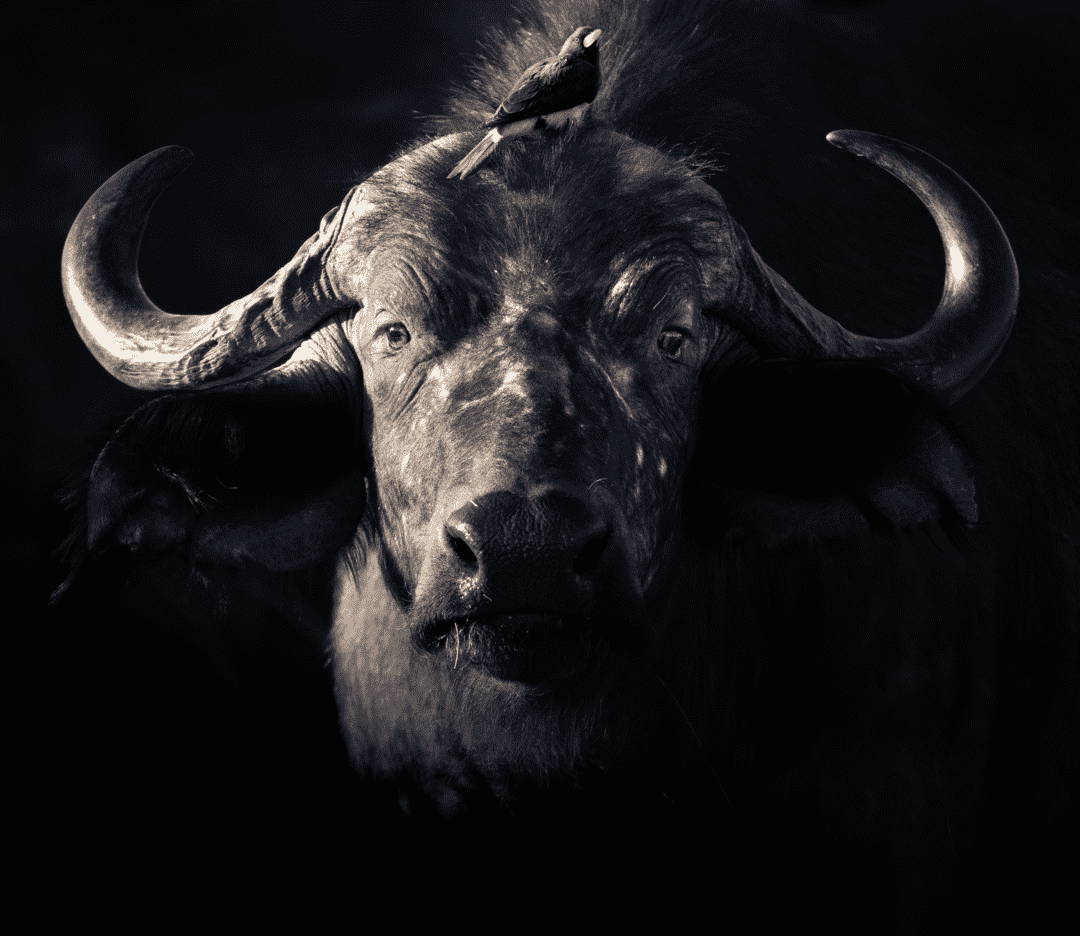
Days 3-4
We spent a couple days in the rural village of Eretsha, connecting with the local community and assisting in the delivery of essential supplies to families who have lost income due to the COVID-19 pandemic which has hit the local tourism industry hard. I had the honour to speak at length with community leaders about how Wilderness approaches community aid by empowering the community to determine what sort of assistance is needed, and how resources will be allocated. One of the projects Wilderness is funding is the construction of a school for the students who live in the rural outskirts of the village. This school yard is close to an elephant corridor, and the community identified the need for fencing around the schoolyard as one of the priorities in this project. The fencing will keep the elephants from walking through the school yard, thus protecting the children and the wildlife from clashing. The way that wildlife conservation is prioritised by this community was such an inspiring example of human-wildlife co-existence.
